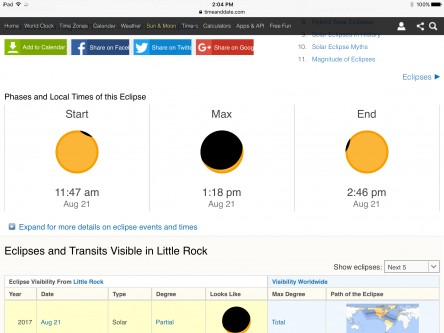

• Aug 2 – The moon is at apogee, its most distant point in its orbit for the month, at 251,671 miles away from Earth at 12:55 P.M. CDT.
Waxing gibbous moon is just a few degrees to the NW of Saturn in our evening sky.
• Aug 3 – Waxing gibbous moon is now just a few degrees to the east of Saturn in our evening sky.
• Aug 7 -Full moon officially occurs at 1:11 P.M. CDT.
• Aug 12 – Perseid meteor shower peaks. Unfortunately, the bright waning gibbous moon interferes as it rises at around 11:00 P.M. local time. Best viewed from a dark sky locale but, due the moon’s glare, do not expect to see more than a couple dozen bright meteor streaks per hour. Under ideal conditions, with no moon, you would normally expect to see 75-100 meteor streaks per hour at peak times. The source for the meteor shower is the debris from Comet Swift-Tuttle.
• Aug 14 – The moon is officially at last quarter, 8:15 P.M. CDT.
• Aug 18 – The moon is at perigee, its closest point in its orbit all month to Earth, at 227,497 miles at 8:18 A.M. CDT.
• Aug 19 –Look for the waning crescent moon just a few degrees to the south of Venus in our morning sky.

• Aug 21 – New moon officially occurs at 1:30 P.M. CDT. A total solar eclipse is visible across the United States in 70-mile-wide path from Oregon to South Carolina, locations outside the “path of totality” will only see a partial eclipse. The timing of events is very much location specific and it is suggested you visit web sites like Time and Date or Great American Eclipse for more info. You can find out the times across the state of Arkansas at: http://www.caasastro.org/solar-eclipse-2017/
Also, please watch The Night Sky episode, America’s Great Total Solar Eclipse.

• Aug 25 – The waxing crescent moon is about 3 or 4 degrees above and slightly east of Jupiter in our early evening sky.
• Aug 29 – Moon officially enters first quarter at 3:13 A.M. CDT.
• Aug 30 – The moon is at apogee, 251, 226 miles away at 6:25 A.M. CDT.